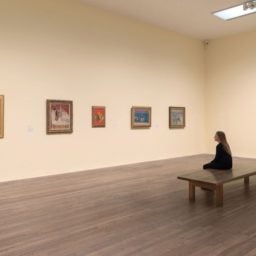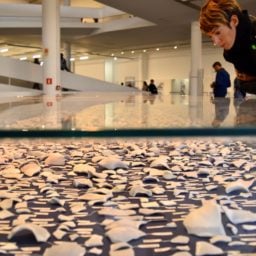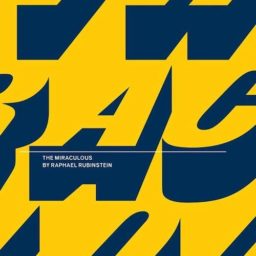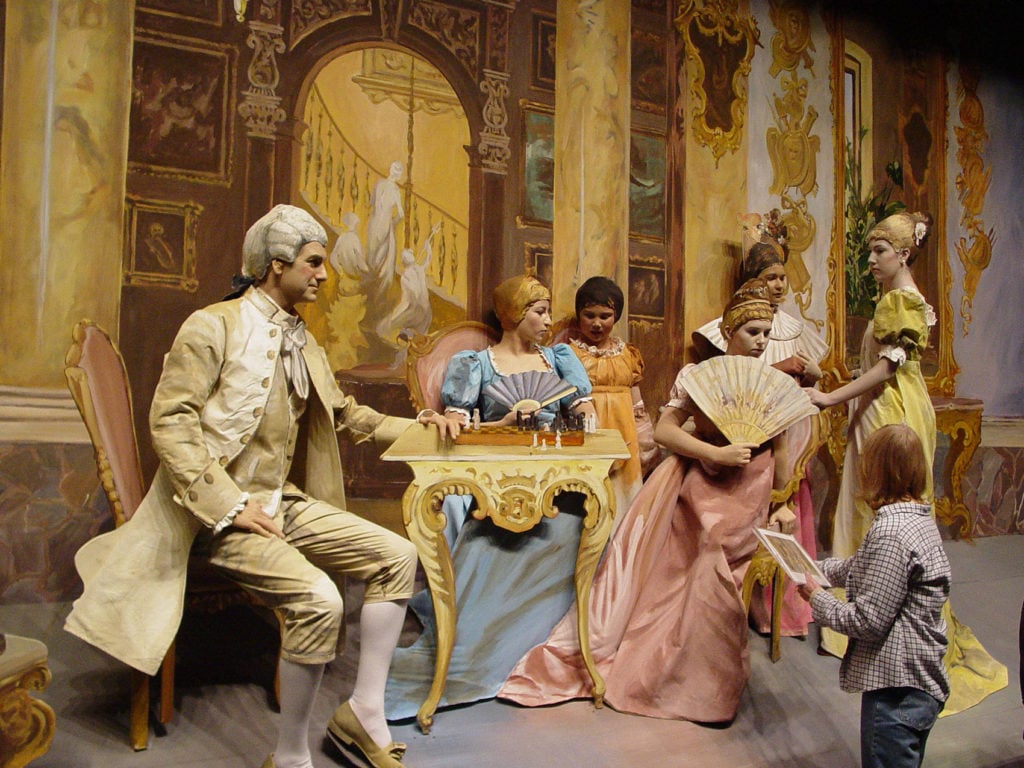

Not a day goes by without the publication of a new think piece calling for a need to slow down in the face of the frantic pace of the internet age. There’s a Slow Food movement and even a Slow Sex movement. As for art, the last few years have seen the percolating rise of Slow Art Day at museums, asking visitors to slow down and focus—though the concept has yet to truly catch fire.
In a new book, Slow Art: The Experience of Looking, Sacred Images to James Turrell, Pomona College literature professor Arden Reed sets out to provide the missing theory needed to secure what he calls the “new aesthetic field” that he sees emerging around experiences of deceleration and slowness.
“Slow art has no manifesto; the artists we will meet did not often communicate with one another,” Reed writes in the book’s introduction. “But in retrospect, I believe, we can establish the origin of slow art and draw kinships among its expressions.”
Reed is the author of several books about art, including Manet, Flaubert, and the Origin of Modernism: Blurring Genre Boundaries (Cambridge, 2003). In Slow Art, the examples he uses are wide-ranging, from Ad Reinhardt’s “Black Paintings” to Laguna Beach’s enthusiastically cheesy “Pageant of the Masters” festival of tableau vivant paintings (“Arrested Development” fans will be familiar with its parody version as the “Living Classics Pageant“).
Indeed, a good chunk of Slow Art is dedicated to making the case for the tableau vivant, which peaked as a popular pastime in the 1800s, as an overlooked “elemental art form.” Reed argues that contemporary artists like Bill Viola and Eve Sussman have, in different ways, rediscovered the form, because it touches on “fundamental relations of stillness and motion, flatness and depth, art and life, art and death, and art and perception in modernity.”
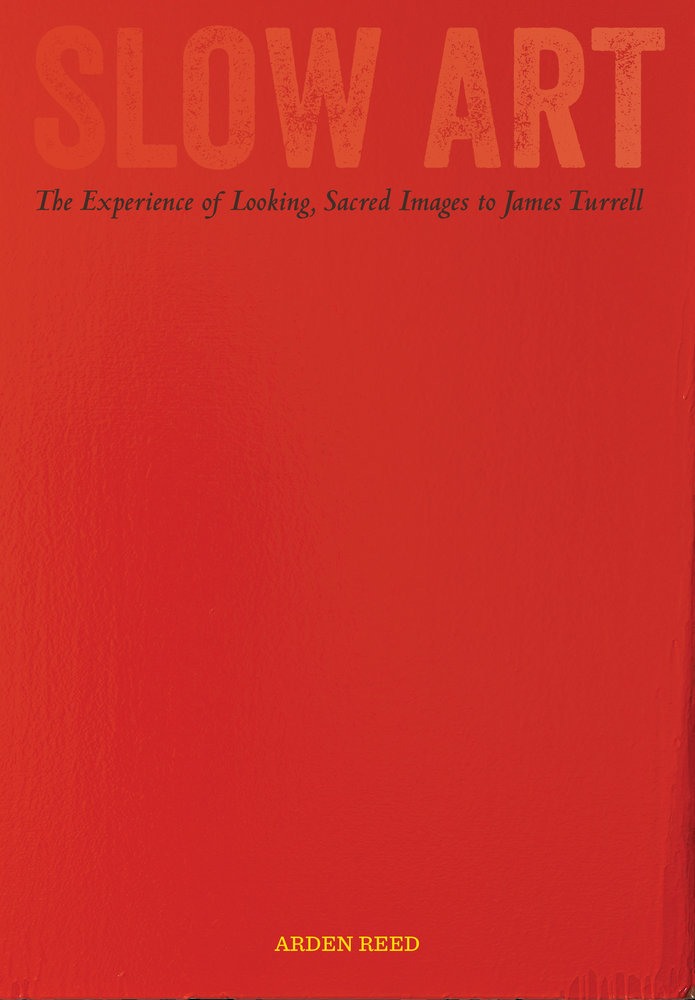
Arden Reed’s Slow Art: The Experience of Looking, Sacred Images to James Turrell.
Nevertheless, for Reed, defining “Slow Art” is about more than just cataloguing various artworks that feel “slow.” Some kinds of art may be more or less useful for triggering it—but the “Slow Art” experience is ultimately more of a style of looking, one that involves heightened attention to the experience of time unfolding.
“I came to define Slow Art as what transpires between the beholder and whatever she is looking at,” Reed said on a phone call. “It’s not a series of things. It’s a collection of encounters…. One implication is that your Slow Art doesn’t have anything to do with my Slow Art.”
The term “Slow Art” may be a contemporary coinage, but Reed sees a prehistory to the idea. “At first I assumed that Slow Art was ahistorical—that it was what happened whenever the beholder and the beheld meshed,” he explained. “I realized over time that, in fact, Slow Art is historical. It’s a product of modernity.”
In essence, there was no Slow Art before about 250 years ago, because life was just slow in general. Reed argues that as capitalism and urbanization sped up the tempo of civilization, and Enlightenment secularization stripped away forms of devotional practice that were experienced in church, the church-like experience of art took on a new, consoling function as a way to step outside of the breakneck pace of life.
(For a certain audience, at least. Reed does allude to the fact that the particular sacral function for art-going was a phenomenon mainly available to the upper classes. The economic connotations of the phrase “paying attention,” he mentions in the book, are not accidental.)
Since this time frame is the same one in which the modern Western concept of autonomous art itself was born in Romanticism, a sneaky implication of Reed’s argument, I think, is that “Slow Art” becomes not a kind of art experience, but a way of describing the modern experience of art itself. “Art,” as opposed to entertainment, is that which rewards lingering, “slow” attention and thought.
That framework gives Reed’s book a kind of ethical overtone. “Slow Art is a double good,” he told me. “There’s a good for objects, in that artworks need us to bring them to life with our attention…. But it is also good for the observer. Maybe in a secular age Slow Art can give us the kind of consolation that everyone is looking for.”
This is indeed a very Romantic notion—but there is clearly a very contemporary hunger for discussing it. “The response has been nothing like any of my other books,” Reed says of Slow Art. “People from all over the world keep writing to me saying how meaningful it is to them.”
Arden Reed’s Slow Art: The Experience of Looking, Sacred Images to James Turrell was published by University of California Press, 2017.


